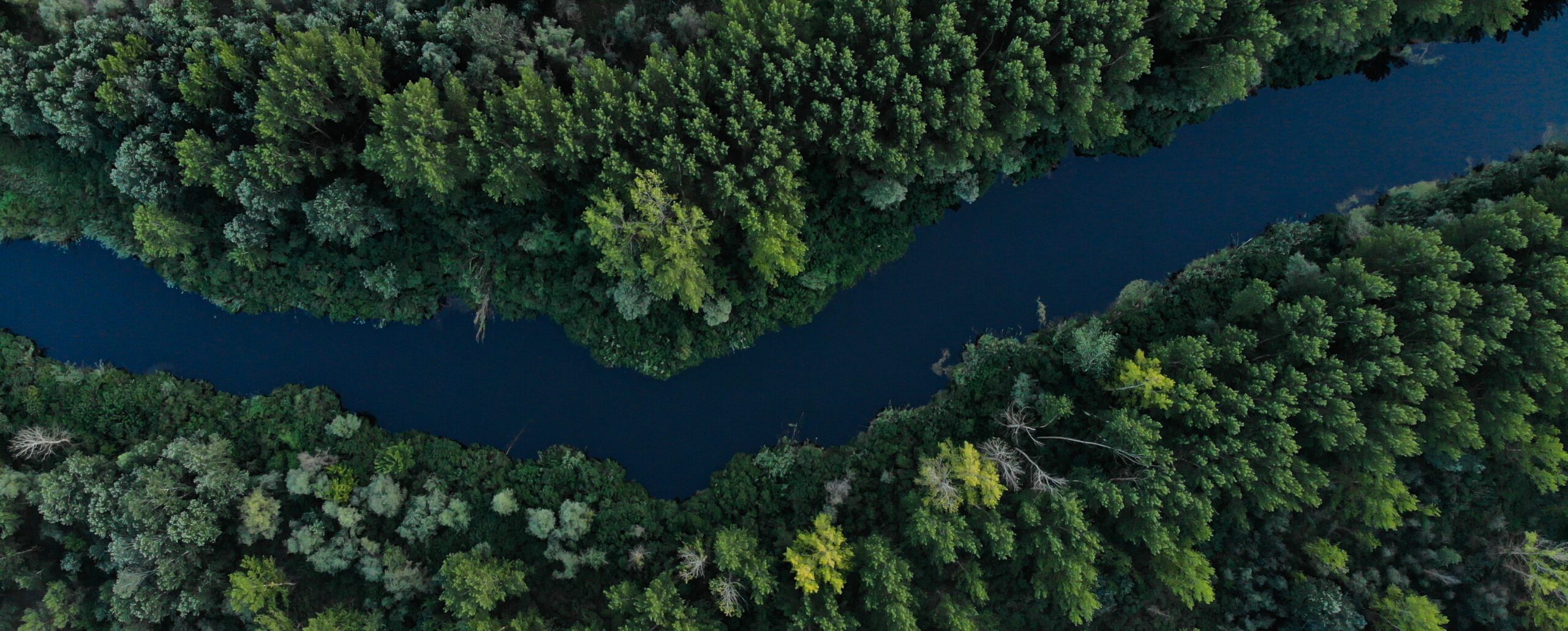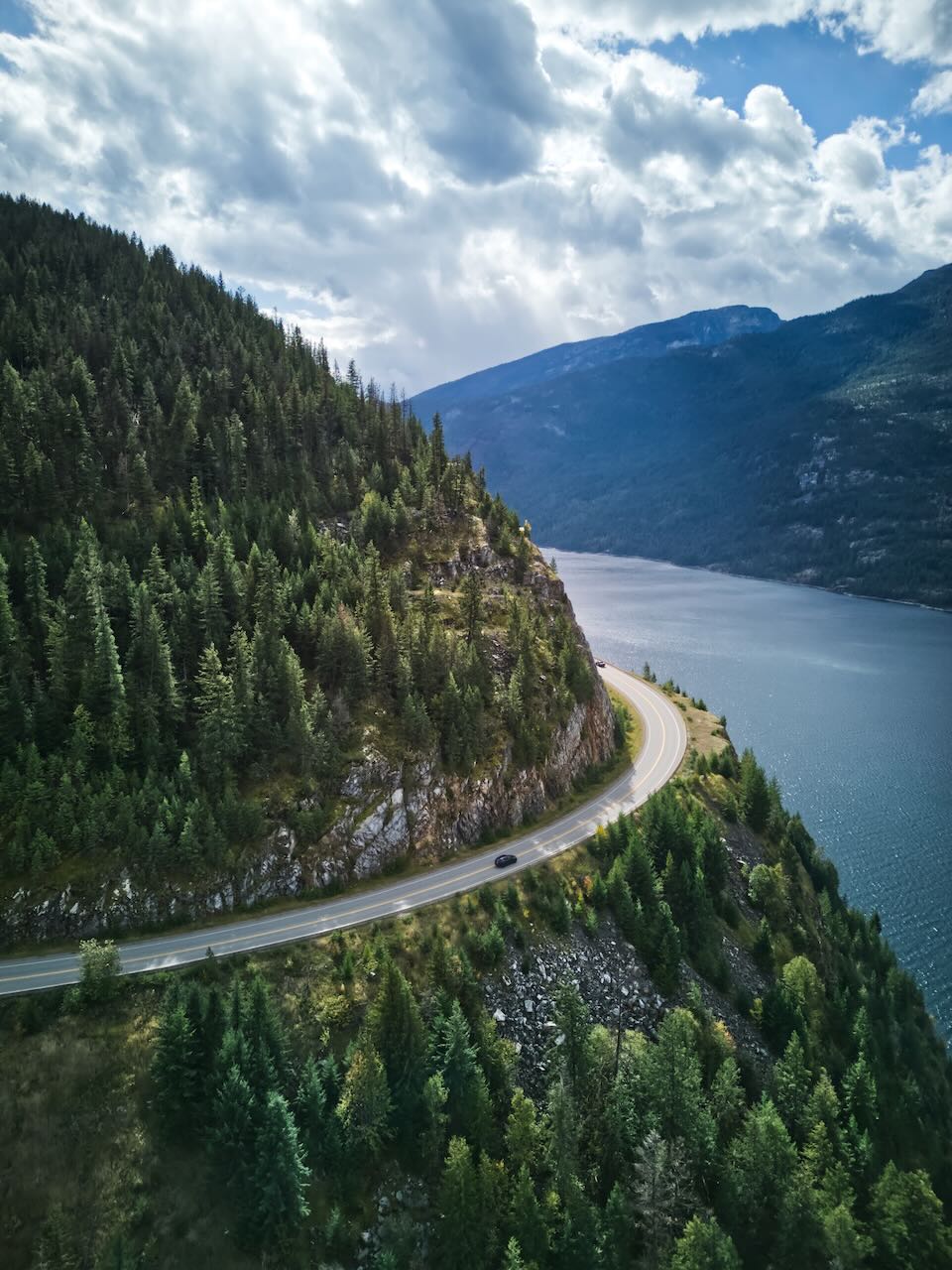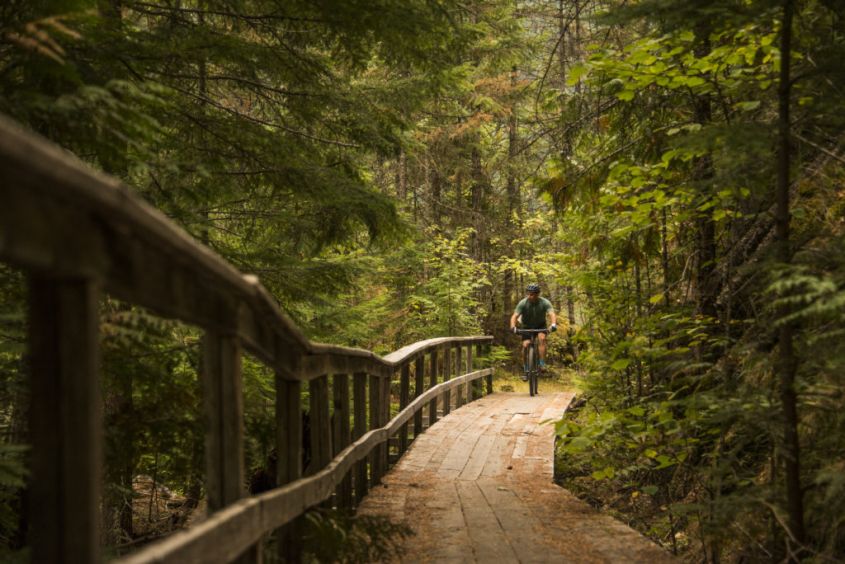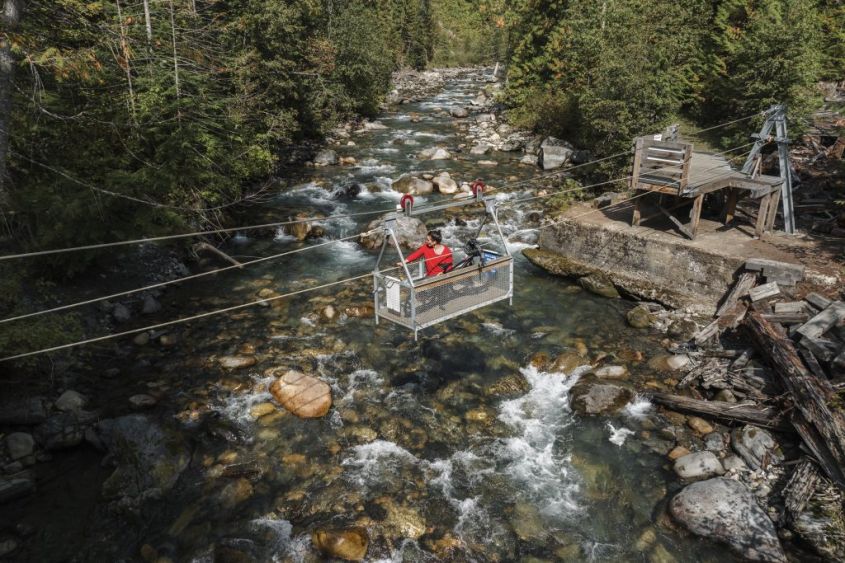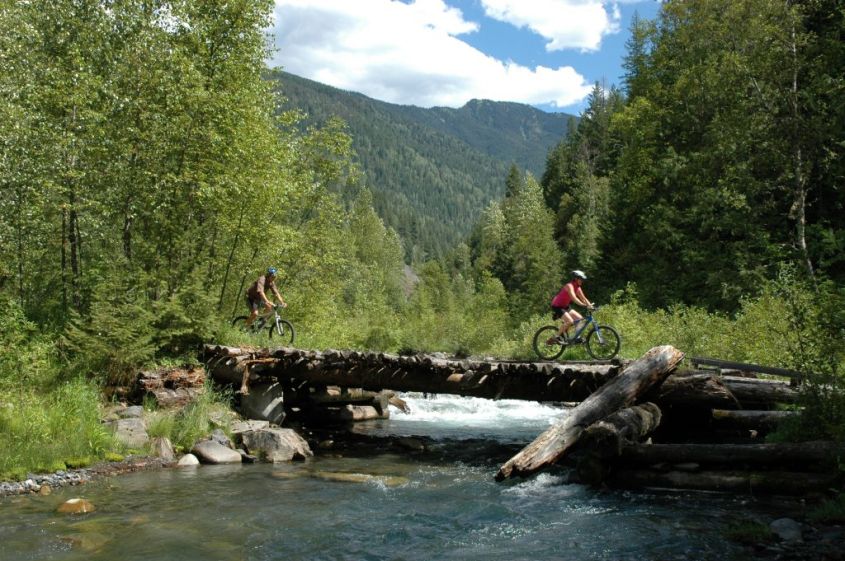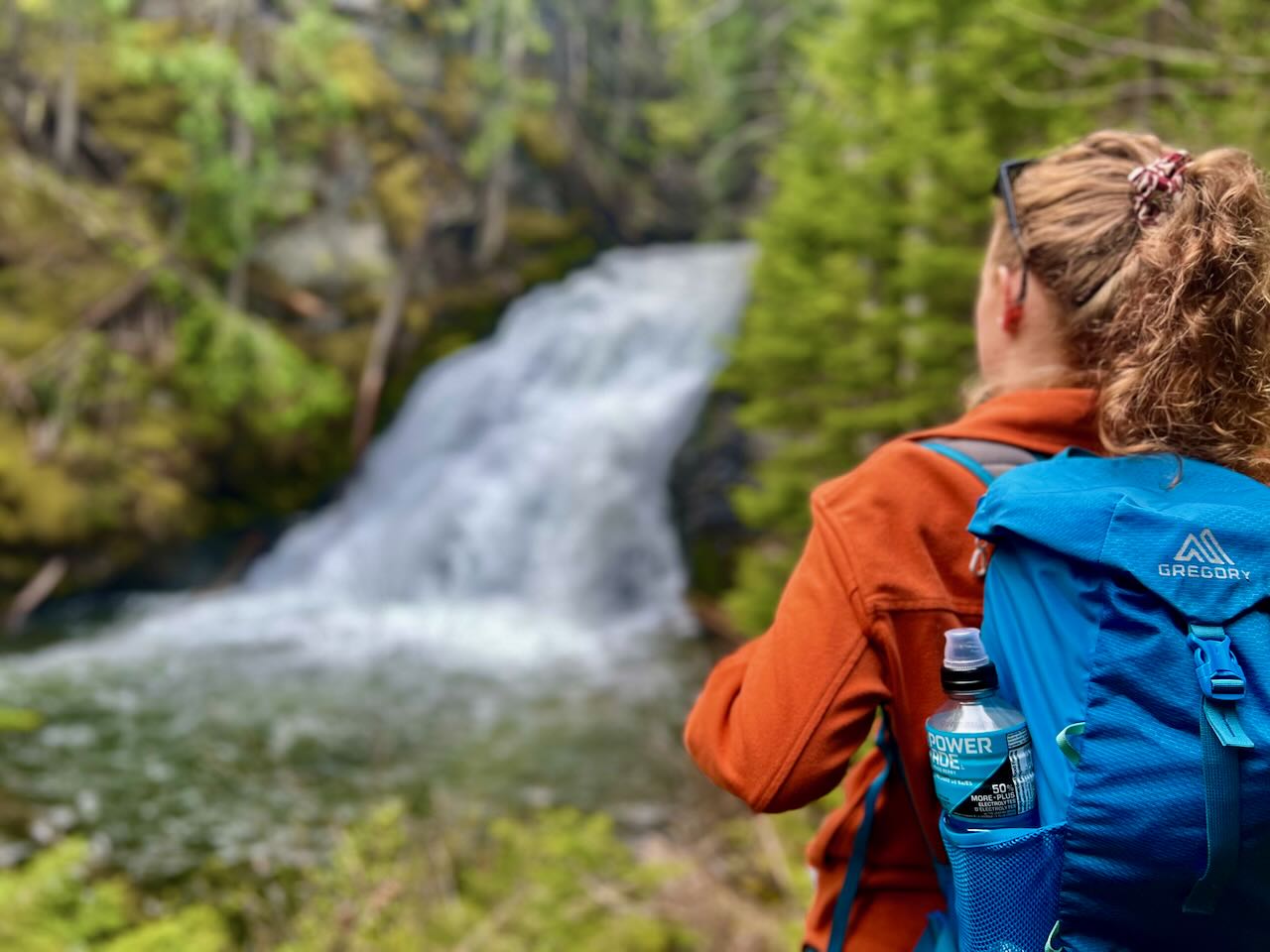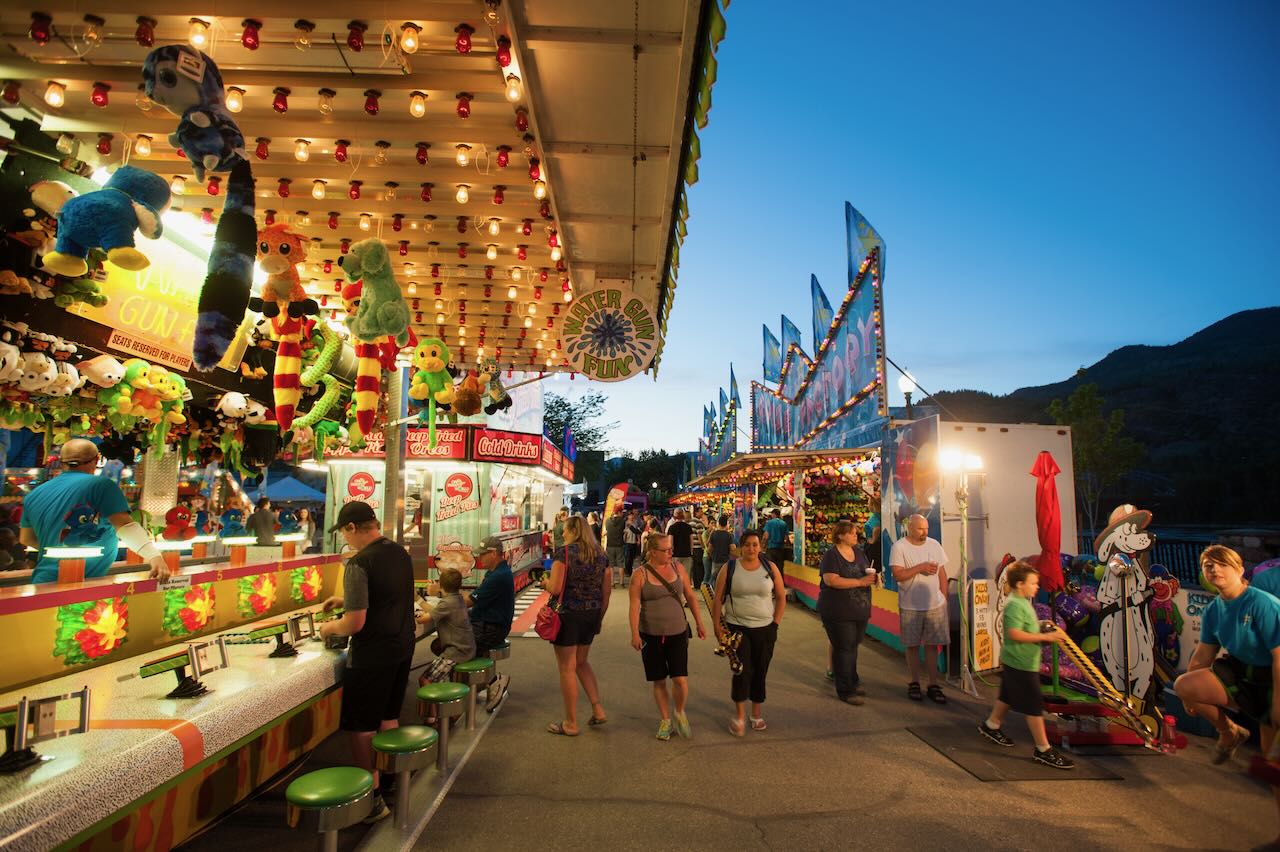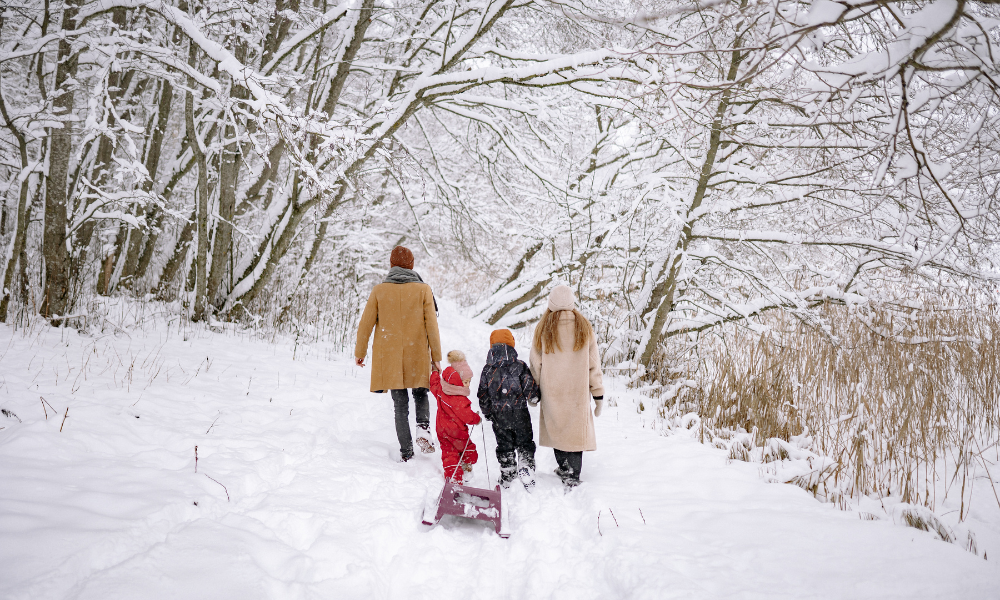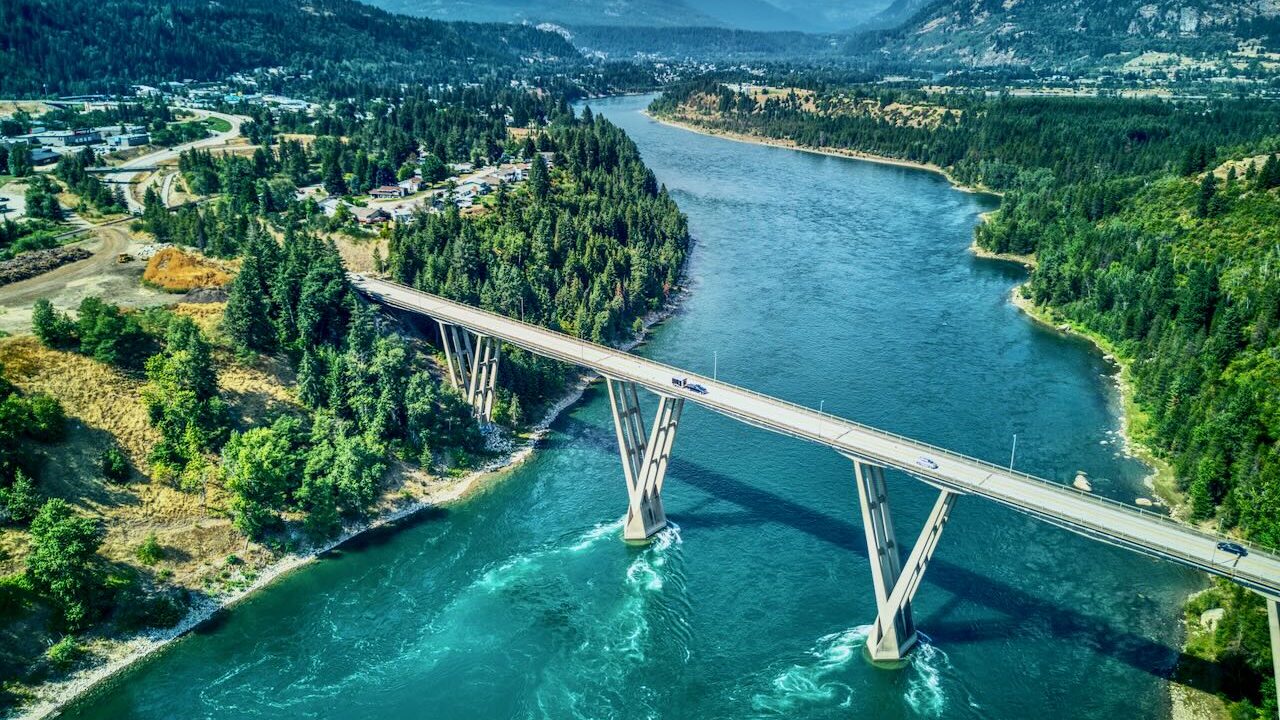What to Do in Slocan Valley
The Slocan Valley is a region packed with natural beauty and a history that dates back to Canada’s gold rush era. Come explore this hidden gem by car, foot, bicycle, or boat, as we spend the day uncovering both thriving communities and ghost towns, nature trails that wind along the water, and WWII era Japanese gardens.
If you get hungry along the way, we’ve got some fabulous food and coffee recommendations you won’t want to miss!
Cycle Along Galena Trail
Originally a railway line, Galena Trail now provides a scenic pathway for cyclists of all skill levels, and is a pretty shallow grade – perfect for a cruise. Start your adventure in New Denver, and stay on it until the end of the old railway line at the small community of Three Forks, now a ghost town.
Walk the New Denver Lakeside Trail
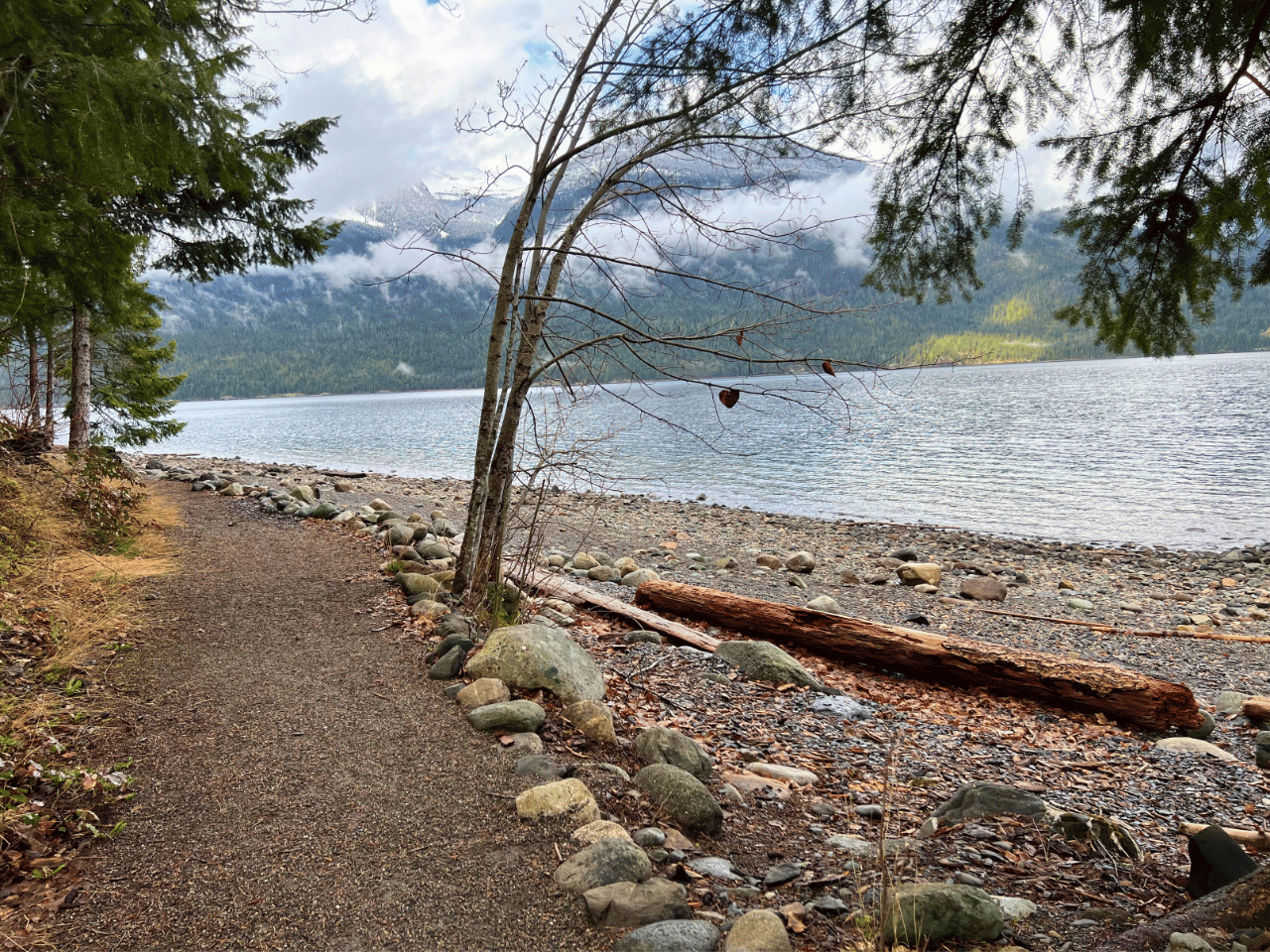
Take almost any path toward the water, and you’ll hit the New Denver Lakeside Trail. This 5km trail follows the waterline, making for a gentle pathway that rises and falls with the shore for an easy stroll with gorgeous views of Slocan Lake. Stop along the way at one of the many benches and take in the sights. At the southern end of the trail, consider looping back via Josephine street, which will take you right by our next stop.
Nikkei Internment Memorial Centre
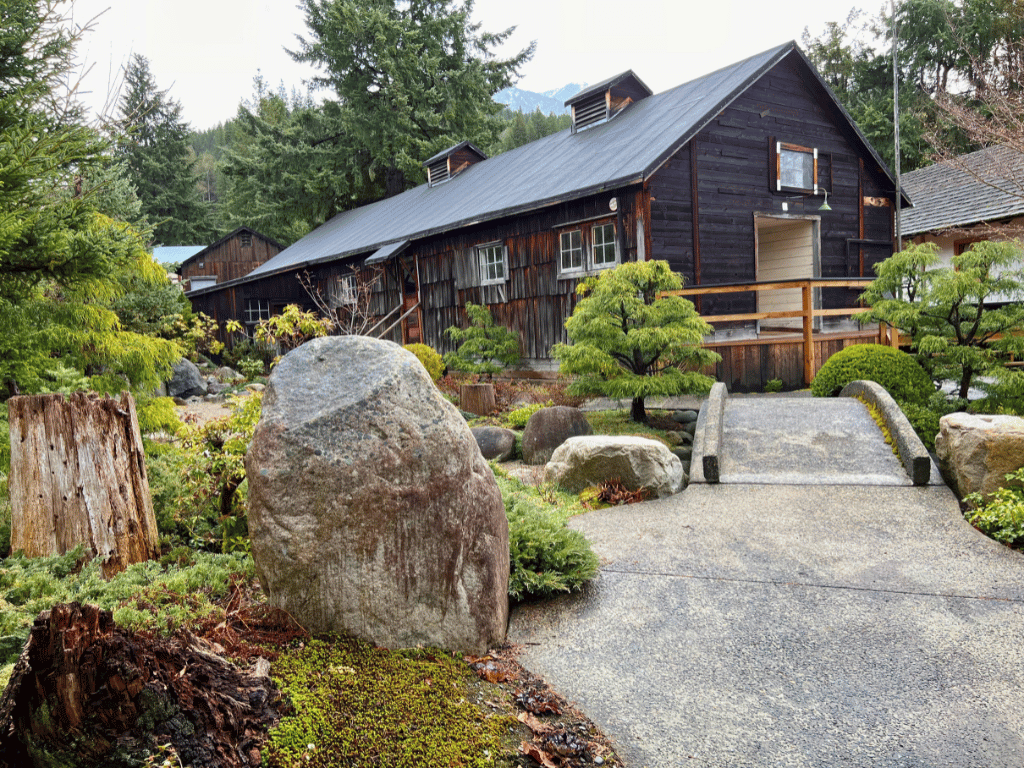
During World War II, New Denver and Kaslo were two of the communities chosen as Japanese internment camps. “The Orchard” as it was known, hosted 1500+ Japanese Canadians during the war, sent by force from their homes across the province. Some were separated from their families, and the less fortunate were sent away to work on hard labour projects such as railway construction.
Starting in 1953, the area was again used by the government as an internment camp, this time for children of Doukabour families from the Sons of Freedom sect, who refused to send their children to government run schools. Using the same system of residential schools applied to indigenous peoples across Canada, children were only allowed to see their families twice a month from behind fences.
Visitors can explore reconstructed buildings, such as a barrack and mess hall, to gain insight into the living conditions faced by internees and pay tribute to the resilience and strength of Japanese and Doukabour Canadians. Originally a place for solace and meditation during the Nikkei Internment Camp‘s use, a traditional Japanese style garden is accessible to visitors – a tribute to the beauty they created in the midst of their tribulations.
Visit Wilson Falls
25 minutes Northeast of New Denver, a thunderous river plunges approximately 40 feet into a pristine pool below at Wilson Falls. It’s a 20 to 30 minute hike one way along a well-maintained trail surrounded by old-growth trees and bright green plant life. The trail culminates in a breathtaking viewpoint where you can marvel at the power of the falls – best seen in the Spring runoff, but constant all year round. Waterfalls are a universal attraction, and this is one of the most impressive in the Kootenays!
Explore BC’s Ghost Towns
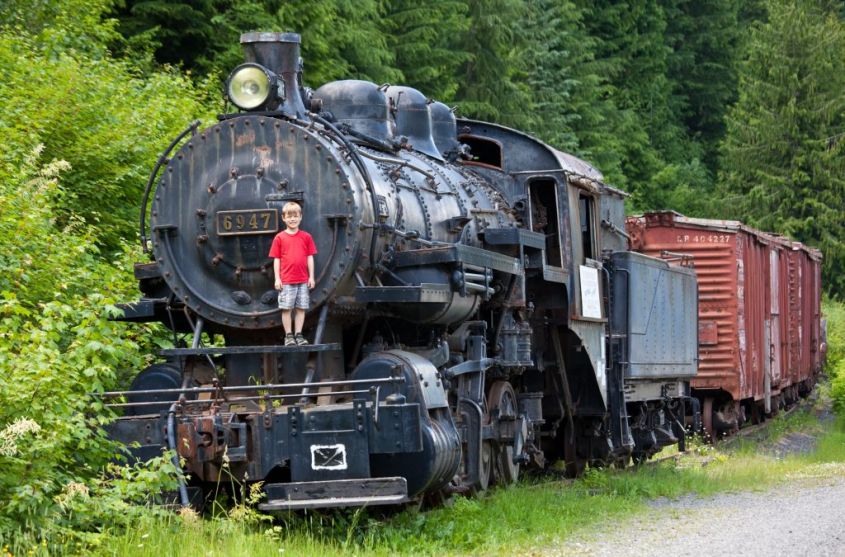
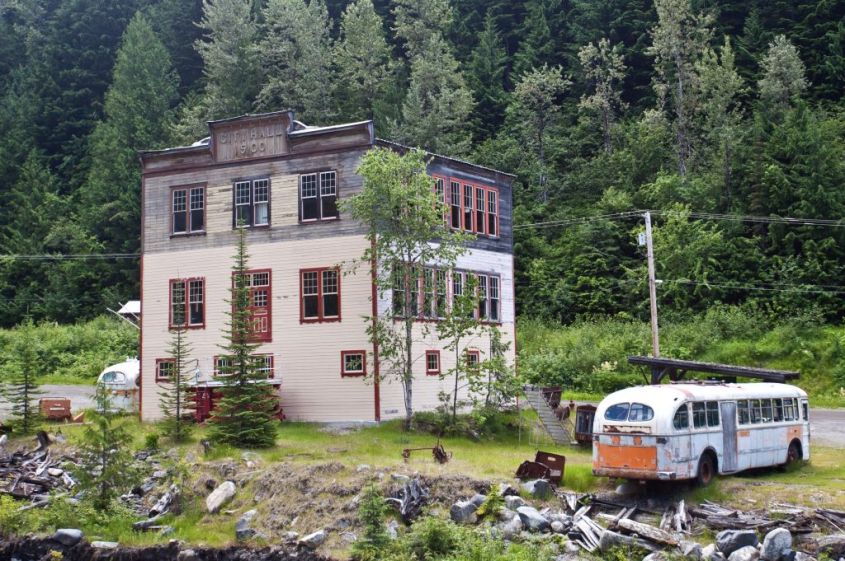
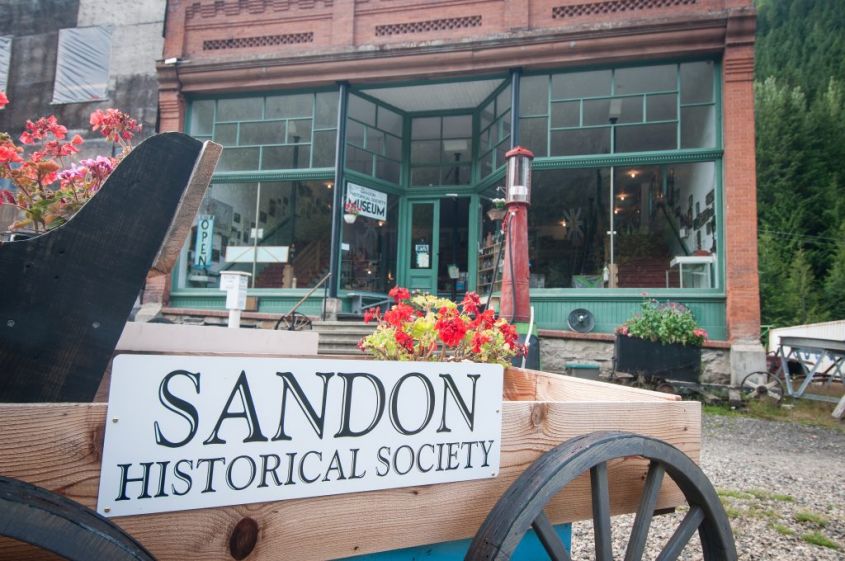
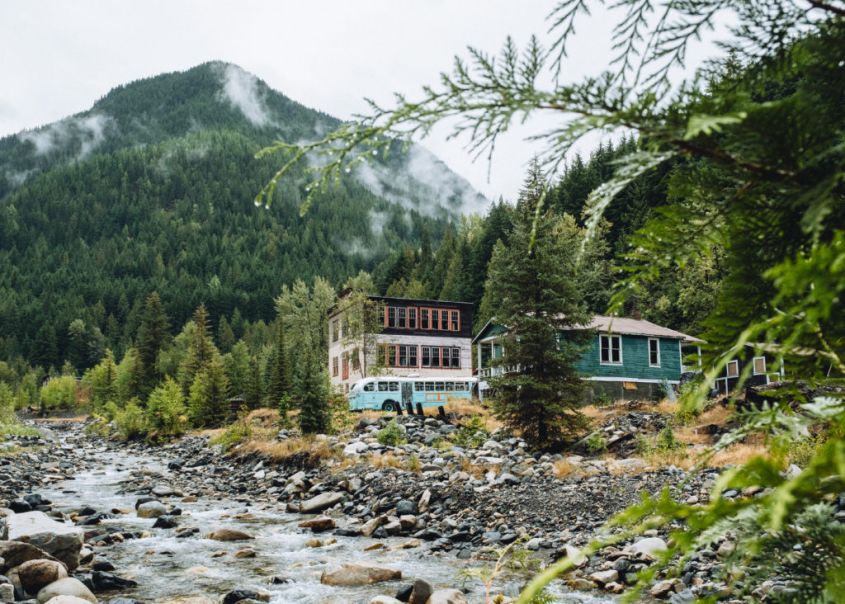
The Kootenays have several ghost towns, the largest and most intact of which is the mining community of Sandon – just 20 minutes from New Denver. Once a bustling city of 5,000 people, Sandon was Canada’s most famous and prosperous silver mining town. Wiped out in a flood in 1920, the community is now home to roughly 10 residents, several gold rush era buildings, and a museum that details the history of Sandon and several other surrounding ghost towns.
Where to Eat in Slocan Valley
Ready for a pick-me-up while exploring the valley? These are the spots to come for refreshments!
Mama Sita’s
📍 Winlaw, BC
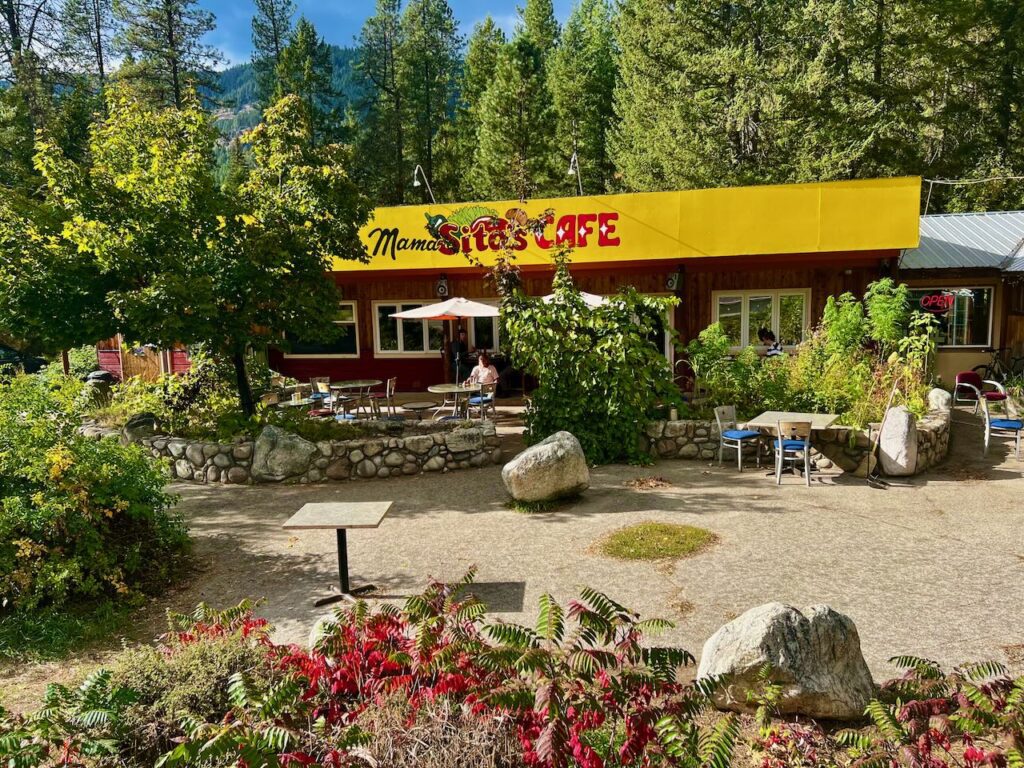
This local hot spot is always serving up big plates of heartwarming Mexican and Canadian food. With occasional live music, indoor and outdoor seating, and friendly service, this is a frequent favourite for those travelling up the valley!
CAMP
📍 Silverton
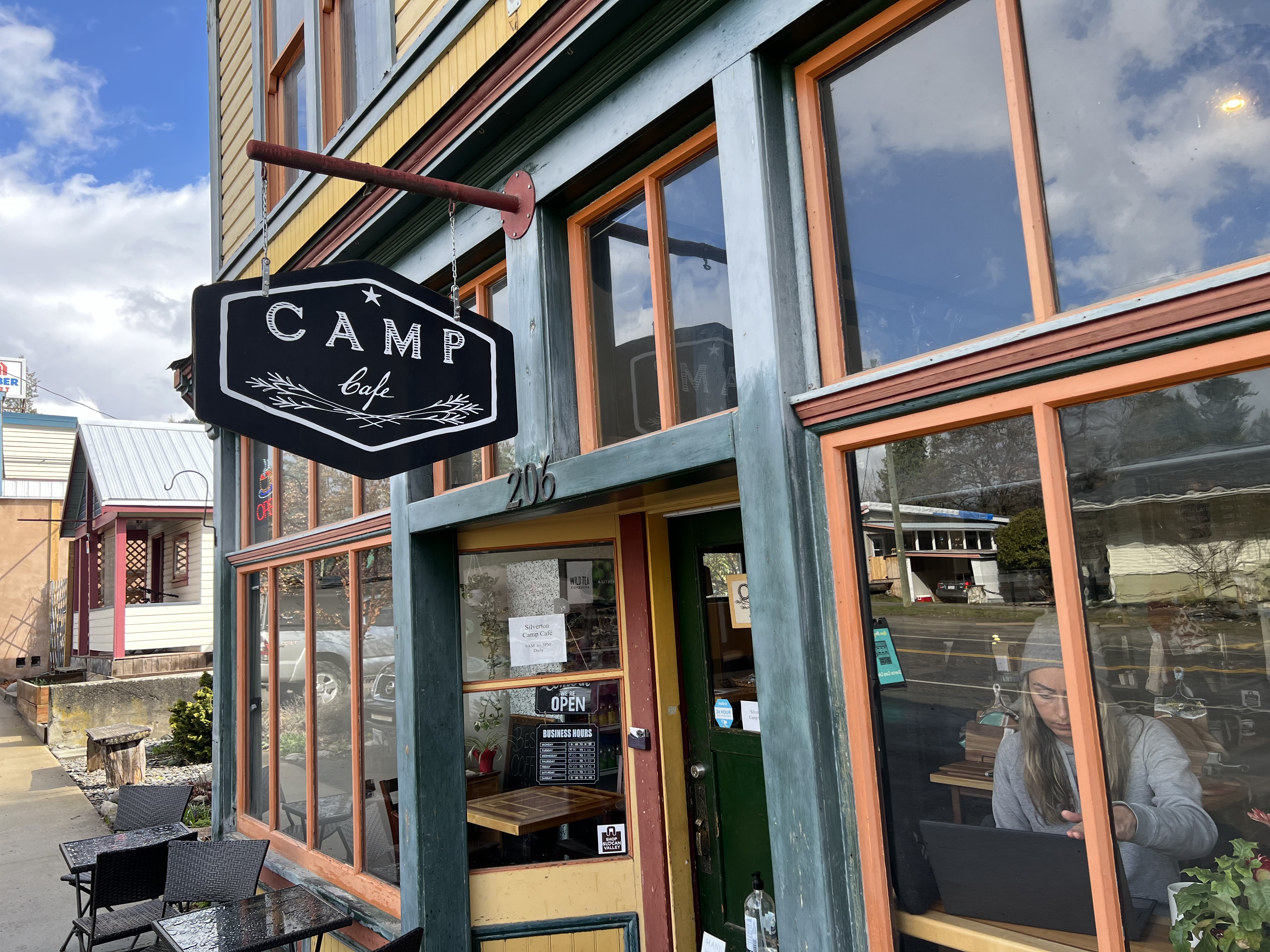
A coffee shop with delicious baked goods and light lunch items, CAMP is a great spot to grab breakfast, lunch, or coffee in the New Denver/Silverton area. Their quiche is worth the drive all on its own, and they also offer artisanal and sustainable goods.
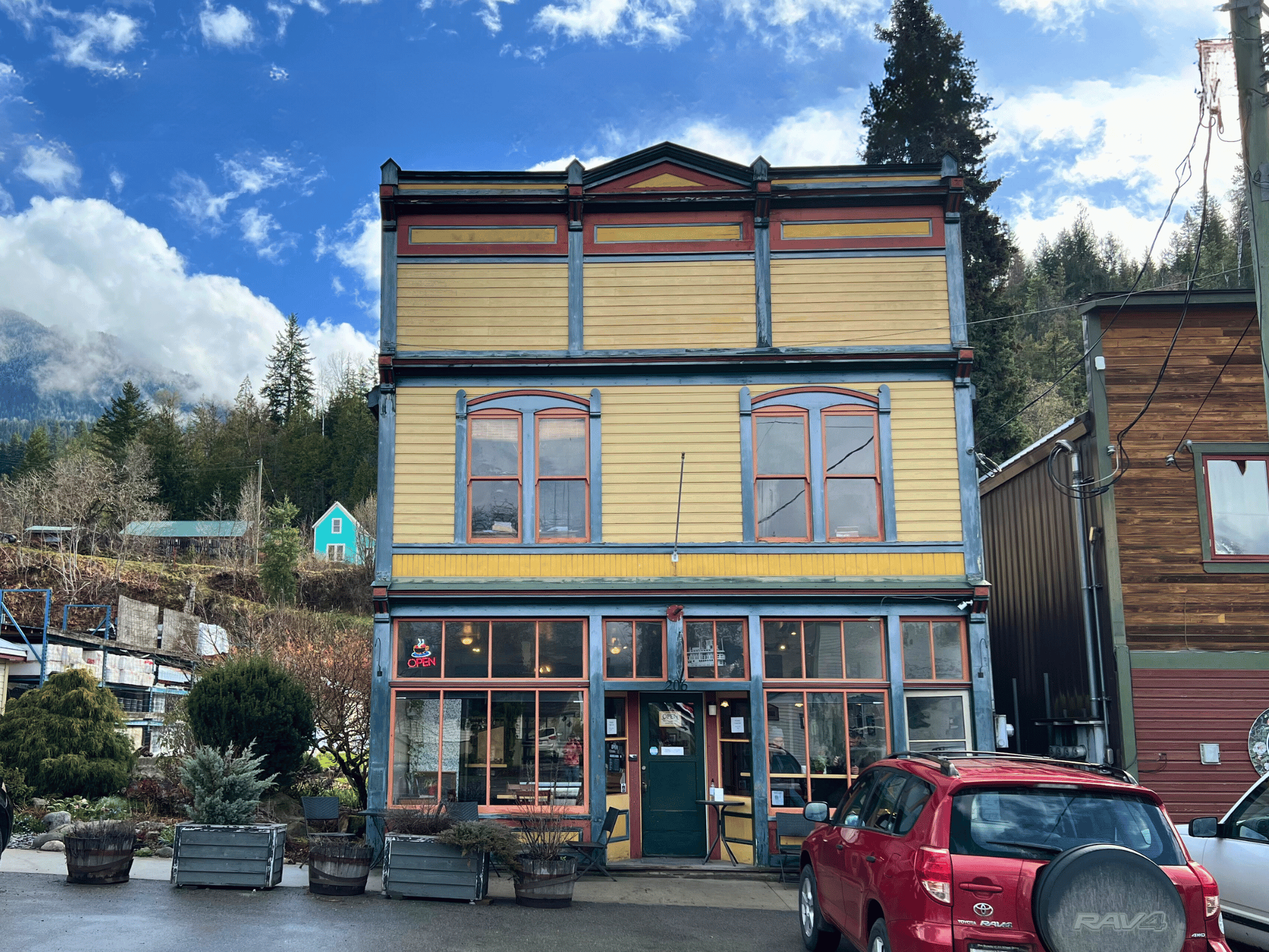
If this is your first visit to the Slocan Valley, you’re in for a treat! The area has a feel of its own, steeped in early 20th century history that still peeks out from the more modern downtowns full of families and waterfront parks. We love visiting this area, so let us know your favourite thing to do in the Slocan Valley in the comments or on social media!
